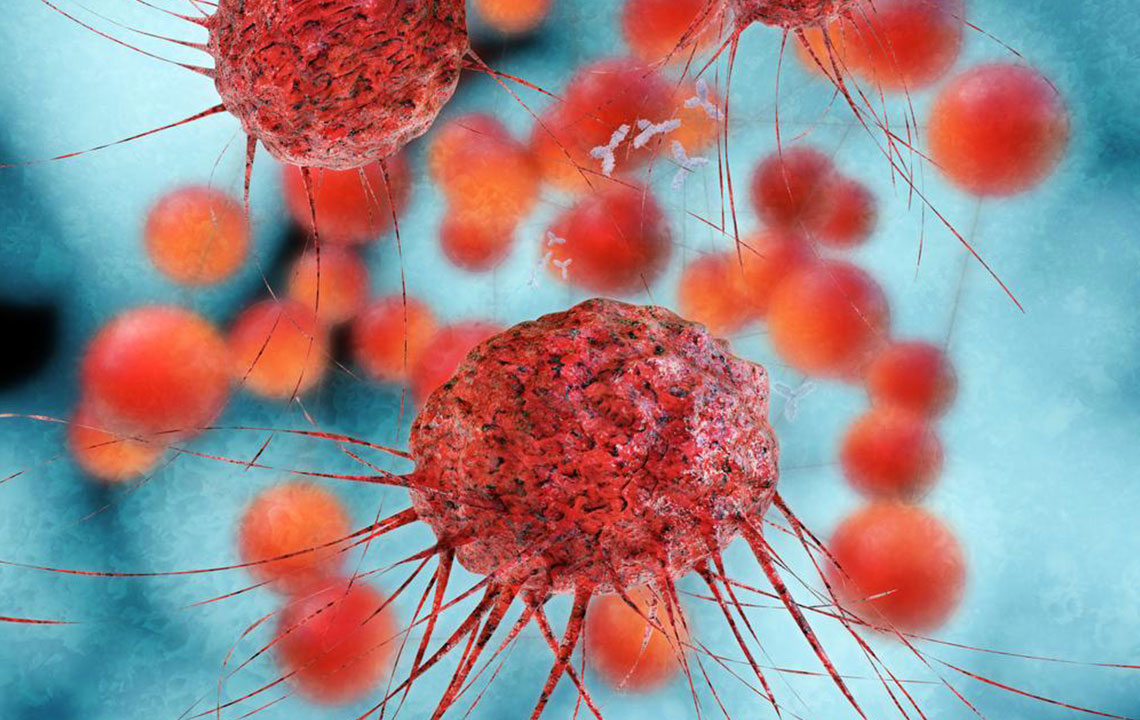Diet Guidelines and Treatment Approaches for Mycosis Fungoides
This article covers dietary restrictions and medical treatment options for mycosis Fungoides, a rare skin lymphoma. It highlights foods to avoid, such as bell peppers and margarine, and discusses therapies like photodynamic therapy, radiation, chemotherapy, immunotherapy, and targeted treatments. Proper nutritional management alongside medical interventions can improve disease management and reduce progression risks.

Dietary Restrictions and Therapeutic Strategies for Mycosis Fungoides
Mycosis Fungoides is a rare type of cutaneous T-cell lymphoma affecting the skin, commonly diagnosed in adults over 50. The condition progresses gradually, impacting white blood cells and forming skin lesions. Managing this disease involves specific treatments and dietary modifications. Certain foods may influence treatment effectiveness, so understanding what to avoid is essential.
Preferred foods to skip include:
Bell Peppers
These contain compounds like capsaicin, solasodine, and maltol, which may negatively interact with treatment options for mycosis Fungoides, potentially hampering recovery.
Margarine
As a processed butter substitute, margarine contains polyunsaturated fats and active ingredients like lauric, myristic, and palmitic acids, which could interfere with prescribed treatments for the condition.
Amaranth
While a nutritious gluten-free grain rich in nutrients, amaranth should be avoided during treatment since its natural components might affect the healing process.
Coriander
Its chemical and organic makeup can also disrupt effective treatment, thus generally recommended to be limited or avoided.
Note that mycosis Fungoides is classified as a form of Non-Hodgkin’s Lymphoma, specifically a cutaneous T-cell lymphoma. Nutritional strategies often depend on treatment stages, making dietary adjustments crucial to reduce the risk of disease progression. Treatment options vary by stage and include:
Photodynamic Therapy – Medications activate via laser to target cancer cells directly on the skin.
Radiation Therapy – High-energy X-rays are used to destroy rapidly spreading cancer cells, often with Total Skin Electron Beam treatments.
Chemotherapy – Targeted drugs are administered orally, topically, or via injection to eliminate cancer cells.
Immunotherapy – Enhances the immune system's response; Interferon is commonly used to slow tumor growth.
Targeted Therapy – Uses specific medications like corticosteroids, retinoids, or inhibitors to attack cancer cells directly.










